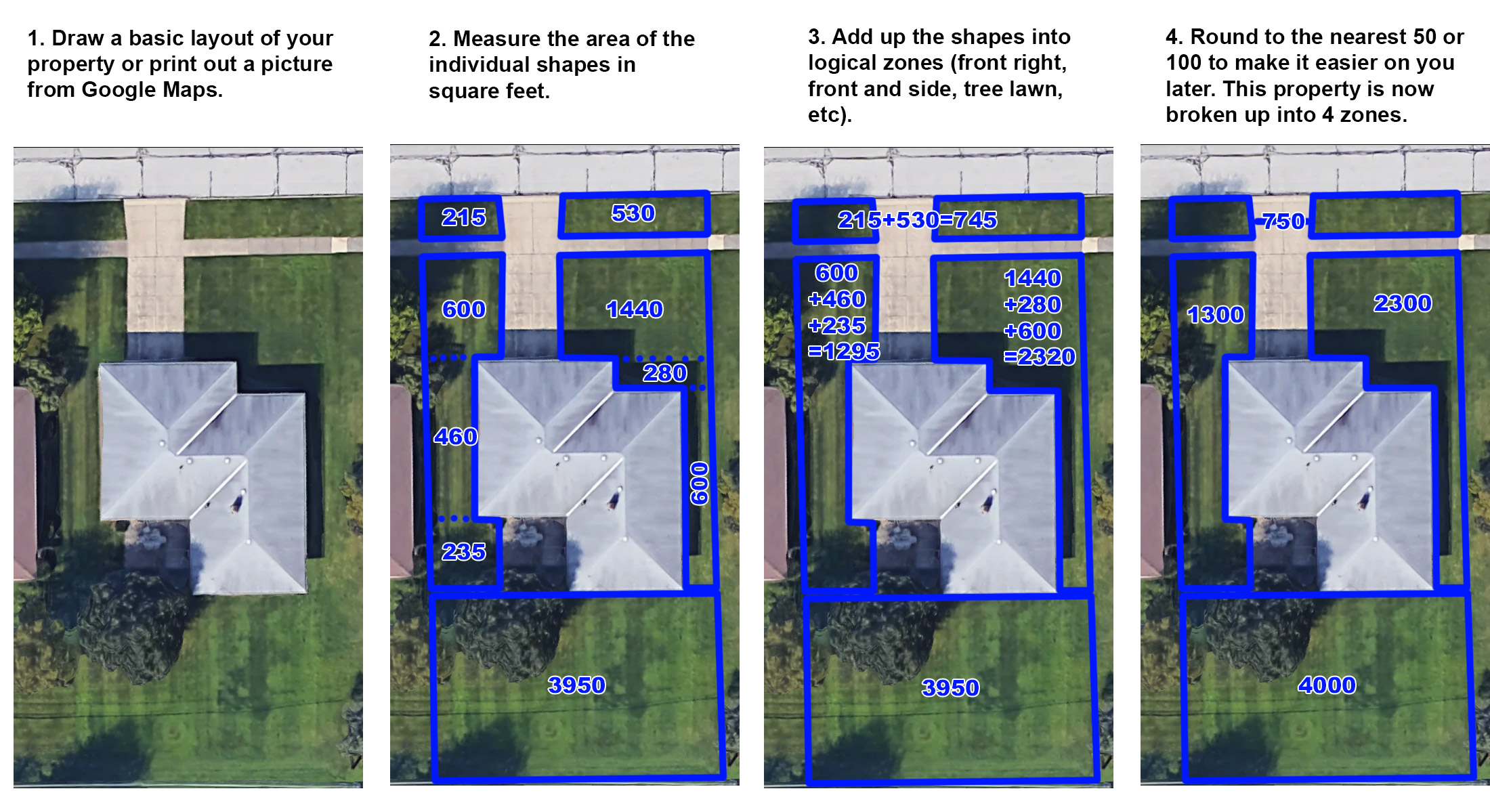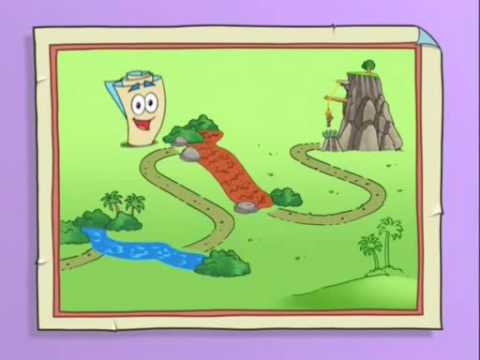It’s a great asset to create a property map with the square footage of particular zones. This makes applying liquid, granular, or grass seed much easier in the future. Also, it makes calculating rates using our calculators a breeze.
Table of Contents- Why Make a Property Map?
- Method 1: Hand Measuring and Drawing (Hands On)
- Method 2: Sod Solutions Area Calculator (Easier with Technology)
Why Make a Property Map?
A property map is the most important tool in your lawn arsenal. Applying these products is simple… and most of them give instructions to apply a certain amount over 1,000 square feet. Therefore, knowing the size of your property is critical to success. It ensures that you can apply herbicides, fertilizers, fungicides, and insecticides with confidence and accuracy.
Pioneers have made entire maps of countries, so you can map out your lawn. Know what area size you’re working with, calculate how much total product to put out over that area based on the label (per 1,000 sqft rate), and apply that amount. That’s the basics. You can get fancier with our lawn calculators, later on... once you know your land.
One option is to draw a property map and measure the square area of different areas of your land; aka different zones. Zones are usually decided based on convenience of size or shape. Also, you may want to treat one particular area for a problem and not another, so smaller zones can be better.
Method 1: Hand Measuring and Drawing
One method is good ol' fashioned measuring and drawing. It’s good to do this yourself for educational purposes, but if you’re in a hurry… scroll down to the next method… ya know… if you don’t wanna be a pirate and draw your own map.
For this, you’ll need: Paper and/or printer, marker, and an open reel tape measure (a regular tape measure will do, but this type is much more convenient for large areas)
- Draw an aerial view of your property -or- print an aerial view from Google Maps.
- Measure the area of the individual shapes in square feet. It's just Length x Width for rectangles.
- Add up the shapes into logical zones (like front-right, front-left, tree-lawn, back yard, side-yard), whatever makes most sense to you.
- Round to the nearest 50 or 100 to make it easier when doing calculations later.

Measuring Rectangular Zones
Measuring Odd Shaped Areas
This method is not conducive to odd-shaped areas, which require much more complicated math to solve. The next method can help with odd shaped zones...
Method 2: Sod Solutions Area Calculator
There is a fantastic calculator available here at Sod Solutions. You can look up your property, mark out areas and it will do all of the complicated math for you. It also gives you the ability to negate (cut out) certain spots that are not the lawn, such as a mulch bed or tree line.
We Did It!
You now have a map of your property. Knowing the size of the areas of your lawn will give you the confidence necessary to apply products with accuracy.
To quote The Map from Dora the Explorer: "I'm the map... I'm the map... I'm the map... I'm the map..."

